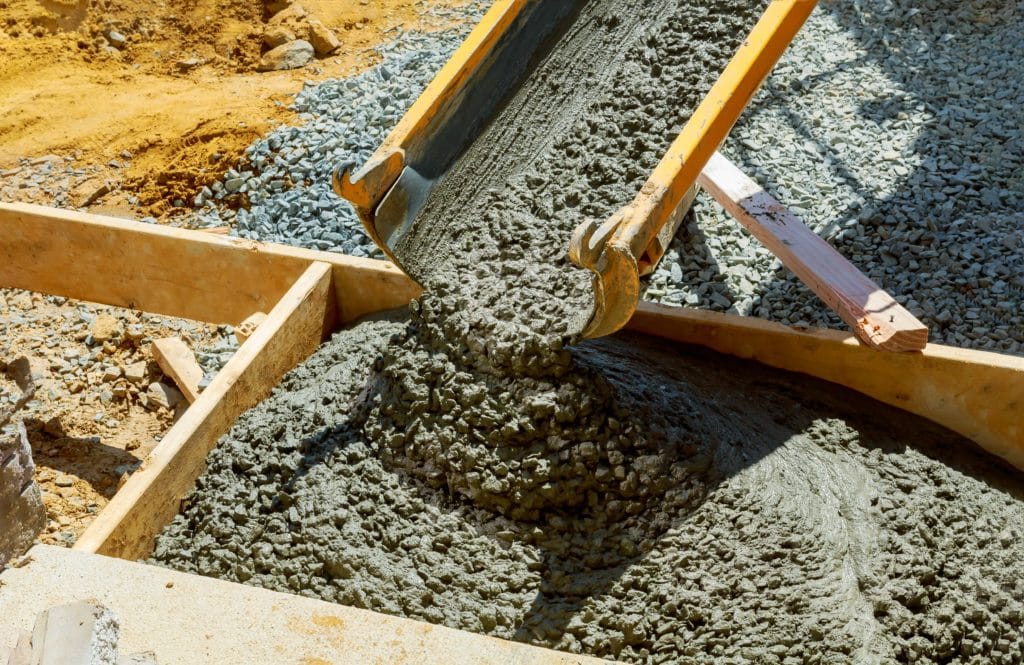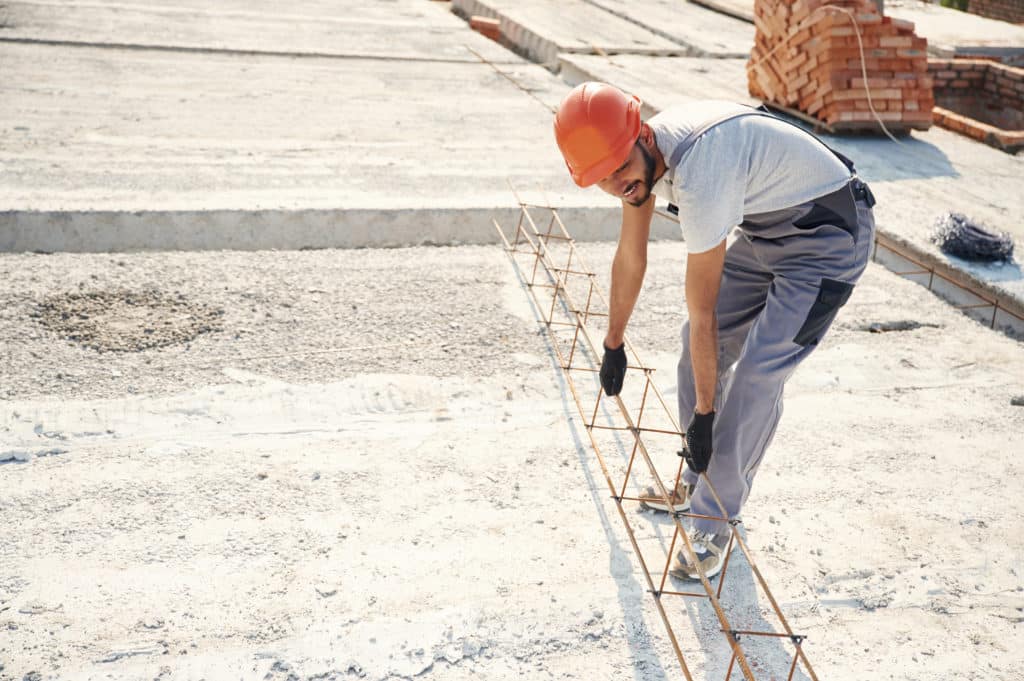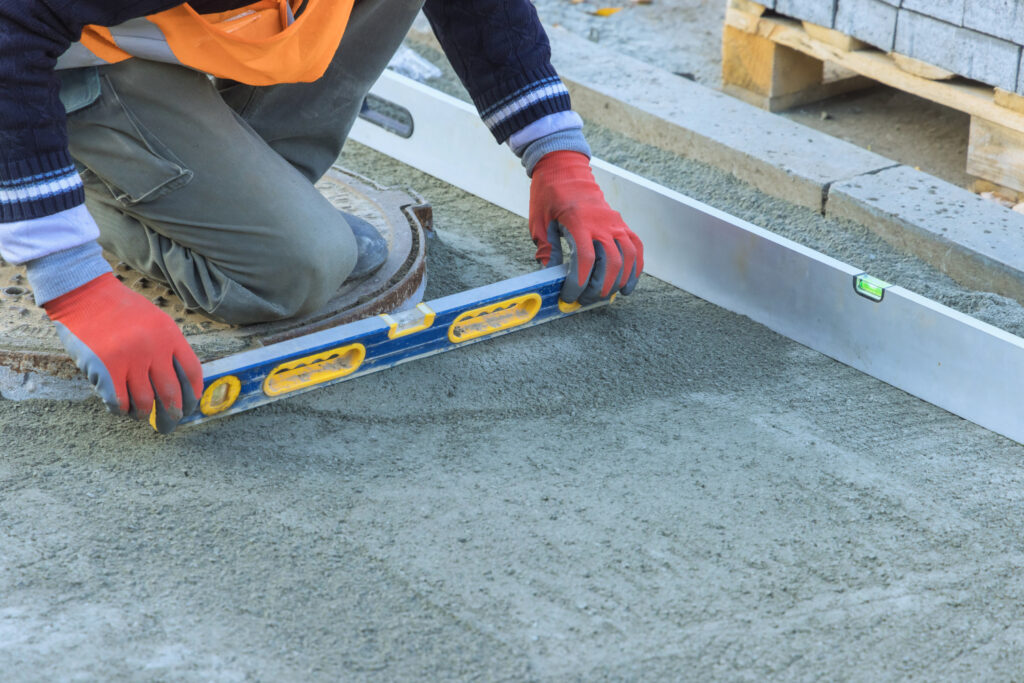Concrete remains one of the most durable and widely used building materials; however, even the sturdiest concrete surfaces can succumb to cracks and damage over time. Understanding how to repair concrete is essential for maintaining the integrity and longevity of both structures and surfaces. Homeowners and DIY enthusiasts often find that addressing minor cracks and wear can prevent larger issues, conserving the structural soundness of driveways, patios, and other concrete fixtures.

Choosing the right approach for repairing concrete depends on the extent of the damage. For small, hairline cracks, products such as quick-setting concrete caulk can be an effective fix. Larger cracks and areas of broken concrete might require a more thorough method involving concrete mix and bonding agents. Proper preparation of the area is crucial before any repair work begins, ensuring that the new material adheres well and provides a smooth finish.
Repairing concrete not only enhances the appearance of the structure but also prevents further damage by protecting against water infiltration and subsequent freeze-thaw cycles. With the right materials and a methodical approach, repairing cracks and damage in concrete surfaces is a manageable project for those inclined towards DIY projects.
Understanding Concrete and Cement

Before repairing cement, it’s crucial to have a grasp of what concrete and cement are, as they are different materials with specific uses, compositions, and issues. Cement is an ingredient in concrete, which is a ubiquitous material in construction due to its resilience and versatility.
Composition and Usage
Concrete is a composite material consisting of a binder and aggregate. The binder, cement, acts as a glue to bind together the ingredients. Cement itself is produced from limestone, clay, and other materials subjected to high heat. Mixed with water, cement creates a paste that holds the aggregate—typically sand and gravel—to form concrete.
- Concrete Usage:
- Foundations
- Structures
- Pavements
- Cement Usage:
- Masonry
- Specialty products like grouts
Moisture is essential in the curing process of concrete, as it reacts with cement to harden the mixture. However, excessive moisture can cause issues such as mold growth.
Common Issues with Concrete
There are several factors that can lead to the deterioration of concrete, prompting the need for repair:
- Moisture: Excess moisture can lead to mold and structural issues due to freeze-thaw cycles.
- Roots: Roots from nearby vegetation can expand and crack concrete structures.
- Structural Issues: Poor construction or environmental stresses can cause cracks and compromise the integrity of the concrete.
When concrete shows signs of degradation, understanding its relationship with cement and the factors affecting its integrity is vital for effective repair. This includes knowledge of moisture levels, potential organic intrusions like roots, and recognizing various structural challenges.
Preparing for Repair

Before attempting any concrete repair, it’s critical to prepare the area properly. This ensures that the repair materials adhere effectively and the fix is durable.
Assessing the Damage
One should meticulously inspect the concrete to determine the extent of the damage. Cracks can vary in depth and length, and understanding their nature allows for a more tailored repair approach. It’s crucial to assess whether the cracks in concrete are structural or simply surface issues.
Cleaning and Preparation
The affected area must be cleaned thoroughly to remove any contamination that may adversely affect the repair. Use a wire brush to dislodge loose debris and a putty knife to scrape away any flaking material. For dust and small particles, a shop vac proves highly effective. If available, a pressure washer can be used for a deeper clean, ensuring that the repair materials bond correctly with the old concrete.
Tools and Materials
The right tools and materials are essential for any repair task:
- Hammer: For breaking away unstable concrete pieces.
- Wire Brush: For cleaning out fine debris.
- Putty Knife: Handy for applying and smoothing repair material.
- Shop Vac: Ideal for final cleanup before repair.
- Pressure Washer: Optional for extensive cleaning.
Prepare these tools in advance to make the repair process smooth and efficient.
Repair Techniques

Effective concrete repair techniques require precise application and appropriate materials to ensure longevity and stability. The approach varies depending on the issue, but the goal remains constant—to restore functionality and integrity.
Fixing Hairline Cracks
Hairline cracks in concrete can be addressed using a concrete crack filler. For the best results, these cracks should first be cleaned thoroughly to remove debris. A caulk gun can then be used to inject a crack filler, which needs to thoroughly penetrate the crack and bond with the existing concrete for a solid repair.
Patching Larger Cracks
Patching larger cracks often necessitates a mortar mix or commercial patching compound. Preparation involves cleaning out the crack to remove loose concrete or other obstructions. Once prepared, the patching material is applied using a trowel. It’s important that it is pressed into the crack firmly to ensure that no air pockets are left within the repaired area.
Addressing Structural Problems
Structural problems require a more comprehensive repair strategy, often involving epoxy injection. The area must be assessed for the extent of the damage, and the use of injection ports may be necessary to deliver the epoxy deep into the concrete. For lasting repairs, the underlying cause of the issue must be identified and rectified, ensuring the structure’s stability and preventing future damage.
Finishing and Curing

In the realm of concrete repair, precise techniques are essential to ensure a durable and aesthetically pleasing result. This section offers critical insights into the finishing touches as well as the curing and drying processes vital to repairing a concrete driveway or any cementitious surface.
Applying Finishing Touches
Once the resurfacer is applied to the concrete driveway, the finishing phase begins. This step is crucial to both the look and longevity of the surface. Firstly, a smooth finish is achieved by carefully floating—the process of pressing down any aggregate and bringing the cream (fine particles) of the mix to the surface. Subsequently, texturing may be applied to prevent slipping. The desired texture is often created using a broom to make fine lines or a trowel for a more polished appearance.
For painting or adding color, it’s imperative that the finishing touches are thoroughly dried and appropriately prepared to ensure that paint adheres well and the appearance remains consistent over time. This might involve additional sanding or the application of a bonding agent.
Curing and Drying Process
Curing is the process where the concrete is maintained in a moist state to allow it to reach its maximum strength. Drying time is paramount; premature drying can lead to an array of defects. For the initial 24 to 48 hours, forms can be removed, and foot traffic is allowed on the surface. The concrete should be kept moist, potentially by using a curing compound that seals in moisture. By the end of 7 days, it is generally safe for vehicle and equipment traffic.
It is essential that during this period, the surface does not dry out, as this can cause cracking and diminish strength. The compound will often contain a blend of sand and gravel particles which aid in the curing process. Full drying time can last up to 28 days at which point the process is ideally complete, leading to a fully cured surface with optimal strength and resilience.
Maintenance and Prevention
Proper maintenance and prevention are crucial to extending the lifespan of concrete structures. They require regular monitoring to avoid serious damage and ensure longevity.
Routine Inspection and Cleaning
Inspection is the first line of defense in concrete maintenance. Concrete should be inspected at least biannually to identify any early signs of deterioration. Particular attention should be paid to identifying concrete cracks which can be indicators of underlying issues. Once identified, basement wall crack repair should be undertaken promptly to prevent water infiltration that can lead to more extensive damage.
Cleaning should also be regular, involving the removal of debris and dirt with a broom or a pressure washer. This not only maintains the appearance of concrete structures but can also reveal potential problems that might have been concealed under the surface dirt.
Preventive Measures
Preventive measures are necessary to reduce incidents of damage or the need for complex repairs. They involve several strategies:
- Water Management: Ensuring proper drainage away from concrete foundations is critical. Sloping the landscape away from the foundation prevents water accumulation that could lead to structural damage.
- Sealants: Use quality sealants to fill any voids or cracks. This not only prevents the entry of water but also guards against the freeze-thaw cycles that can exacerbate concrete cracks.
- Structural Adjustments: Sometimes, preventive measures require more substantial intervention. For example, if a foundation shows significant signs of stress, underpinning might be necessary to distribute the weight more evenly and prevent further cracking.
Adherence to these maintenance and preventive measures will help maintain the structural integrity of concrete and avoid costly repairs in the long run.

 CALL US NOW
CALL US NOW



